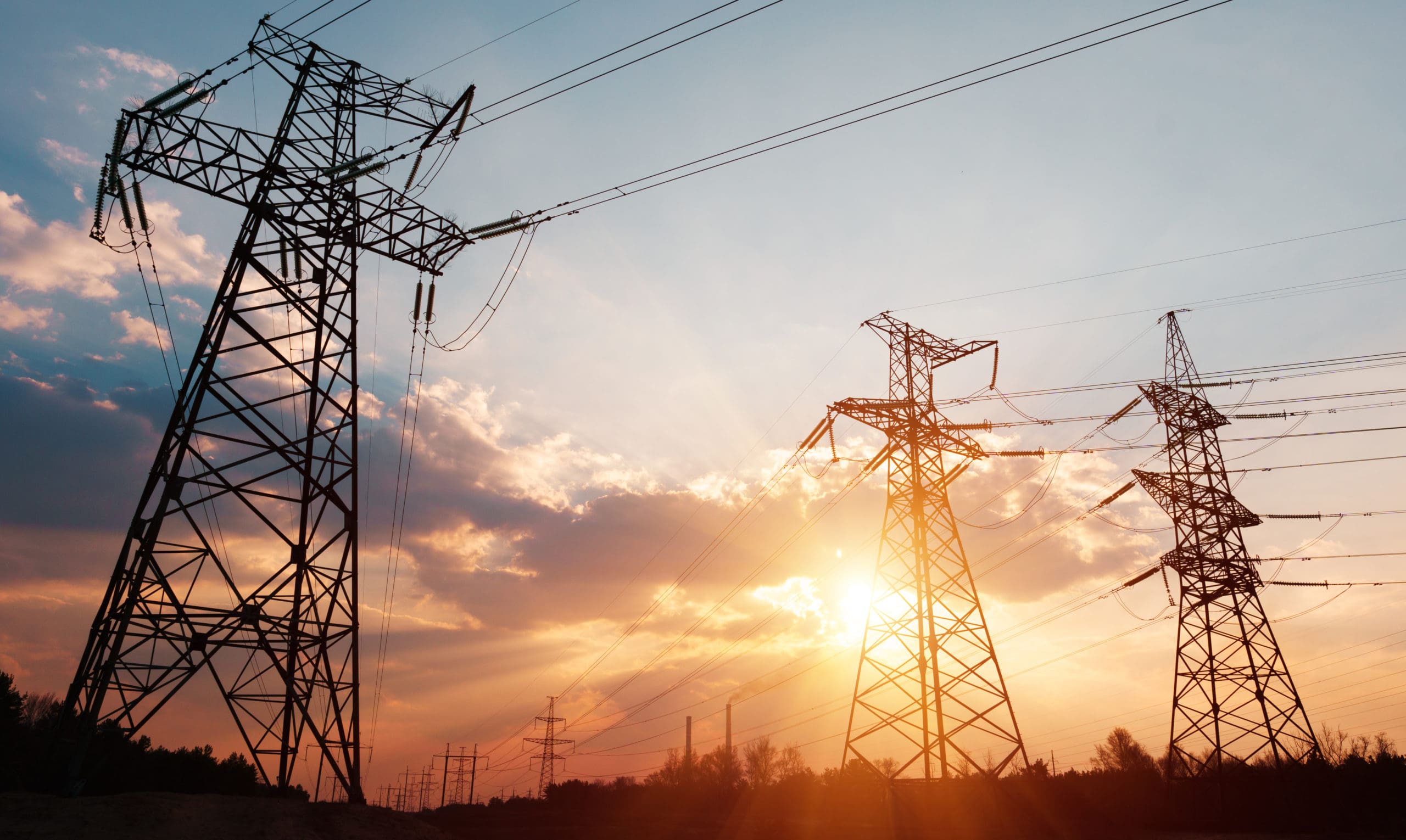
According to the U.S. Energy Information Administration, electronic power transmission and distribution lost 5% of energy in the United States between 2015 and 2019.
Energy losses are unavoidable in the generation, transmission, and distribution of energy. Yet, energy loss occurs at the highest rate in power distribution. This is an unnecessary waste of resources. One must understand how the distribution system operates to prevent energy losses.
For anyone looking to reduce power distribution losses, this article is for you!
What is Power Distribution?
There are three stages to the electric power supply. They are generation, transmission, and distribution. This complex system is called the grid. To understand power distribution, let’s look at how the whole system works.
First, power plants generate electricity. The source of energy varies from place to place. Then, a transformer increases (steps up) its voltage for transmission.
Thick transmission lines carry electricity long distances at high voltage. Closer to its final destination, a local transformer decreases (steps down) the voltage.
Distribution begins as cables carry electricity from the transmission to consumers. Cables and wires travel through electric poles or underground. Thinner distribution lines further carry electricity to supply houses with energy. Smaller transformers on electric poles decrease the voltage again. Finally, the electricity enters houses.
Utility companies across the country manage the power distribution system. When faced with losses, utility companies must buy or produce more electricity. If they don’t, they won’t meet their customers’ energy consumption demand.
Power distribution system losses cost money. They can also cause negative consequences to electrical devices plugged in at home.
What Causes Power Losses?
Some power losses are inescapable in power distribution systems. This is true in the generation and transmission of electricity. But experts agree, too much energy is being lost in power distribution systems. In distribution, losses occur due to both technical and non-technical reasons.
Technical Energy Losses
There are two types of technical energy losses. These are variable losses and fixed losses.
Fixed losses are constant. They are only resolved with network and equipment repairs. Fixed losses occur in the transformers, lines, and cables in the power distribution network. They frequently come about on primary and secondary lines.
For example, transformers lose energy in the form of heat and noise due to magnetic forces. Lines lose energy at high voltages in the form of corona discharge. A sign of corona discharge is a hissing or cracking sound heard near the conductors. The charging current that energizes cables can also cause a fixed loss. These losses are bigger when cables are very long or carry high voltage electricity.
Variable losses depend on the amount of electricity flowing through the cables. They arise from the current passing through the electrical resistance of network assets. Thus, consumer activity and consumption determine variable losses. When the network is highly loaded, the system losses skyrocket and cause significant financial damage.
Fixed losses are more common than variable losses. However, they are not always cheaper depending on the energy consumption.
Non-Technical Energy Losses
Although not as common, energy losses can happen due to theft, unmetered supplies, and conveyance.
Thieves will tamper with meters and other parts of the distribution network. The goal is to siphon off electricity, making someone else foot the bill.
The public good uses unmetered supplies (UMS). This includes street lamps, bus stop signs, as well as advertising boards. Communal areas in government-owned buildings may also use UMS. Utilities audit the energy consumption of UMS. However, estimates and actual consumption of UMS differ, causing a non-technical loss.
Conveyance is when energy is used but not correctly recorded. For example, energy is lost in the system due to meter problems. Several meter problems are possible, but a faulty meter is most likely.
How to Reduce System Losses
There are several ways to reduce both technical and non-technical energy losses. Utility companies want to maximize efficiency to cut both losses.
Technical Energy Losses
The best thing to do is replace old equipment. For example, utility companies should replace worn-out cables.
Utilities should increase cable sizes. In high usage areas, higher power cables can reduce losses. Inadequate sizing of conductors for distribution lines can cause significant losses. Capacitor banks can be used along transmission lines for power-factor correction as well.
Utility companies should also reduce cable lengths when possible. Long distribution lines, especially in rural areas, lead to energy losses.
Technicians should only use splices and joints when necessary. They need to use proper techniques for firm connections. Splices and joints can cause power losses when not held to high-quality standards.
Updating transformer equipment and ensuring proper location will also reduce losses. Workers should perform analysis to determine if the right transformers are being used. Consider upsizing, downsizing, or shutting off a transformer to reduce losses. Rebalancing loads is also possible. Utilities should assess energy consumption and circle geometry. This will determine how to rebalance the loads. Transformers should be located away from the load centers to balance the power more evenly.
Non-Technical Energy Losses
If someone suspects a non-technical energy loss, they should contact the utility company. The company will assess its meters and electrical lines to catch any problems.
Analyzing customer data helps find both technical and non-technical losses. Uncommon patterns can help detect fraud and theft.
Utility companies will follow up field crews to perform inspections. They can make improvements on faulty or rundown equipment.
No matter the problem, utilities can resolve it promptly.
Cutting the Losses
All three stages in the energy cycle may have losses. Yet, power distribution accounts for the most power loss.
Learning about energy consumption trends helps cut losses. They work to ensure efficient energy flow to their networks and consumers.



